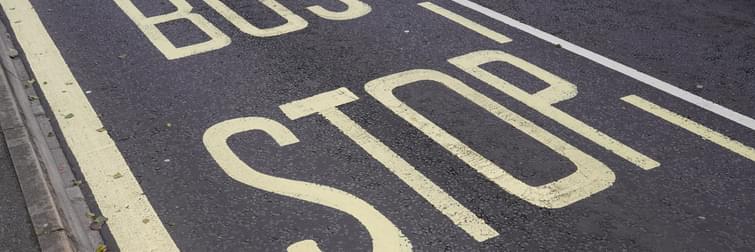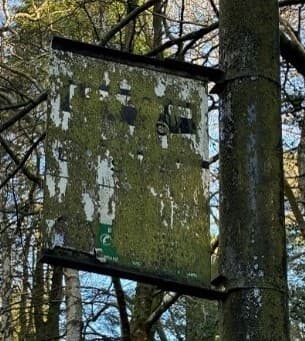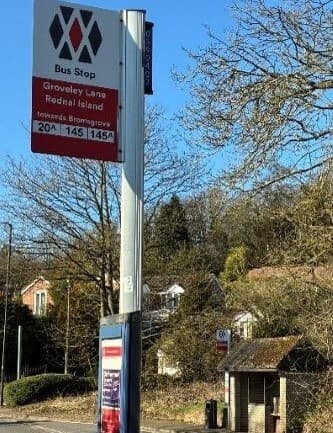
blog: The Importance of Better Bus Stops
Tuesday 20th May 2025
Bus stops are much more important than just a practical and safe place for passengers to board and alight. They represent a ‘shop window’, telling people which services are run locally, and give passengers their first and last interaction of their bus journey. They set the tone for what to expect on the journey.
It’s important to get it right. A few examples from a recent walk…
What does this bus stop (with no timetable or information) tell us about the 4 services that call here?


A short walk down the road, and I came across a pair of stops. How do they compare?
What facilities are available to enable a comfortable experience?
How might these stops give people a better impression of the services?
Equally, how might the passenger experience be improved here?
Although public transport is a lifeline for many, the quality of bus stops can significantly impact people’s overall experience. A recent report by Campaign for Better Transport (CBT) highlights the need for a national standard for bus stops in the UK.
We know that good quality information and amenities in good condition at bus stops enhance the passenger experience. Maps, timetables, and real-time information make getting around easier for infrequent or new users and provide a level of assurance and confidence in their journey. Shelters and seating make the wait more comfortable, and lighting, raised kerbs, and good access to and from the stop make it safer and accessible for users. The report suggests the minimum features that could be expected at bus stops, and how stops might be categorised.
Key findings from the report
- Lack of Basic Amenities: The survey contained within the CBT report notes that only 31% of people had an up-to-date timetable at their nearest bus stop, and even fewer (16%) had real-time information. “As a minimum, all bus stops should have a printed timetable and a weblink or QR code leading to online RTI, providing there is good mobile phone signal coverage.”
- Maintenance: “It is also essential that Local Transport Authorities (LTAs) commit to maintaining bus infrastructure to continue complying with the standards.”
- Need for a National Standard: The report calls for a National Bus Stop Standard to ensure all bus stops provide essential facilities and information. This includes visible signage, up-to-date timetables, real-time arrival information, and regular maintenance
The proposed standard
The report proposes that all bus stops should be grouped into one of four categories. Each category is linked to suggested features that should be provided at each stop.
This simple categorisation allows suggested improvements to be made consistently across areas.
Local authorities play a crucial role in maintaining and improving bus stop infrastructure. Bus stop audits are essential to assess the condition of bus stops and identify areas needing improvement, as well as help identify bus stops lacking essential amenities. The CBT report suggests that LTAS should be tasked with determining the category of each bus stop, identifying where stops fall below the standard identified by the report.
Over the last few years, we have audited over 4,800 bus stops for multiple local authorities, including Cambridgeshire and Peterborough Combined Authority, Warwickshire and West Northamptonshire. When auditing bus stops, we follow a set process which often includes providing;
- Detailed Audits: Thorough audits of bus stops, either on a per-corridor or area-wide basis, to assess the physical infrastructure present, its condition, and safety and accessibility aspects of the stop.
- Prioritisation Tool: Our tool helps prioritise bus stop improvements based on the audit findings and the categorisation of stops, ensuring that the most critical issues are addressed first. It is an interactive tool, providing cost estimates for different levels of improvement selected for each category of bus stop. This tool is flexible, and the outputs can meet the strategic needs of the customer, such as prioritising stops along a certain corridor marked for wider investment; prioritising areas of deprivation, high population density or low car ownership; or prioritising stops serving specific attractors or trip purposes.
Conclusion
Improving bus stops is not just about the infrastructure; it's about enhancing the overall public transport experience for the people who use them. By adopting a national standard and providing regular maintenance, we can make bus travel more accessible, safe, attractive and comfortable for everyone.
If you would like more information or are interested in working together to tackle these issues, then please do get in touch with our Sustainable Mobility Planning team.
